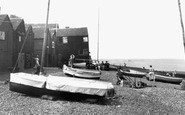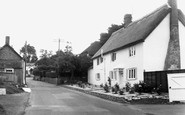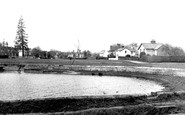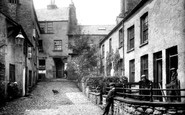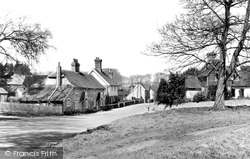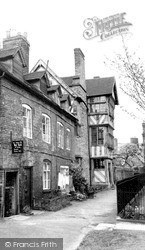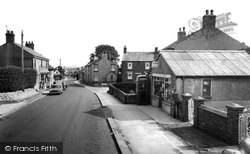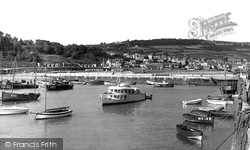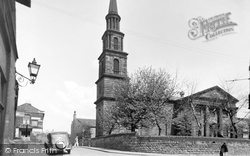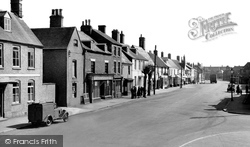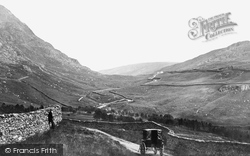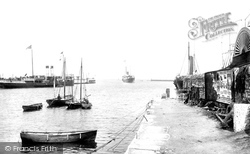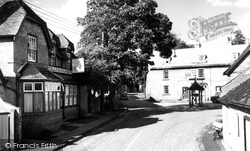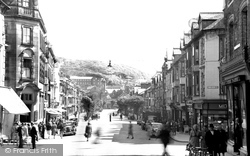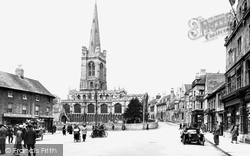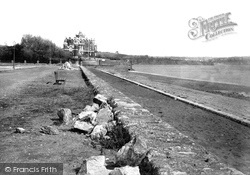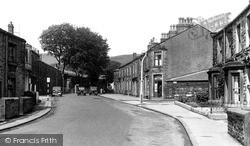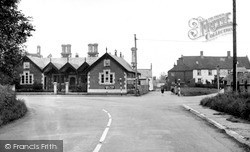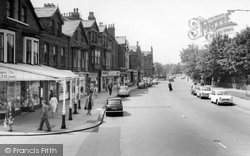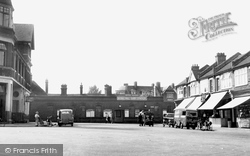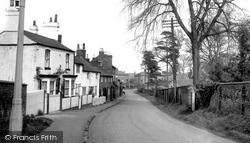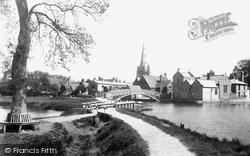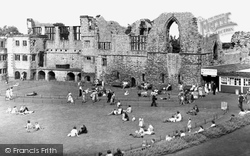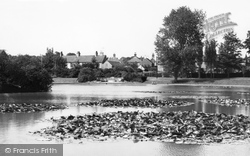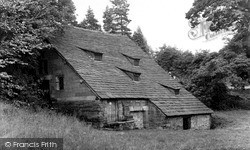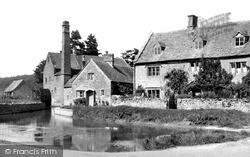Places
25 places found.
Those places high-lighted have photos. All locations may have maps, books and memories.
- East Wall, Republic of Ireland
- Pell Wall, Shropshire
- Wall, Northumberland
- Heddon-on-the-Wall, Northumberland
- Walls, Shetland Islands
- Wall, Cornwall
- Wall, Staffordshire
- East Wall, Shropshire
- Wall End, Kent
- Hobbs Wall, Avon
- Wall Bank, Shropshire
- Wall Nook, Durham
- Knowl Wall, Staffordshire
- Hazelton Walls, Fife
- Wall Mead, Avon
- Mid Walls, Shetland Islands
- Greetland Wall Nook, Yorkshire
- Aston le Walls, Northamptonshire
- Wall Heath, West Midlands
- Wall Hill, Greater Manchester
- Wall End, Cumbria (near Millom)
- Wall under Heywood, Shropshire
- Dale of Walls, Shetland Islands
- Bridge of Walls, Shetland Islands
- Hole-in-the Wall, Hereford & Worcester
Photos
516 photos found. Showing results 1,181 to 516.
Maps
172 maps found.
Books
Sorry, no books were found that related to your search.
Memories
1,989 memories found. Showing results 591 to 600.
Playing Out In Salfords Streets
I was born and bred at home, 19 Newall Street Salford 5, in 1960. A small street just off Eccles New Road near to Cross Lane. I often sit and remember the tight, cobbled streets where we played Rallyheaveho, Football ...Read more
A memory of Salford in 1966 by
Childhood Beach Hut
This scene of the old fishermen's beach huts shows my family's beach hut on the left. The lady just about to enter the beach hut was my grandmother, I am playing on the beach and my sister is in the pushchair next to the ...Read more
A memory of Whitstable by
Childhood
I did get the privilege to revisit Mitcham again this year. The fair green has changed little, there is now a main road running striaght to Tooting Broadway opposite the fair green, where the Bucks Head pub was there is a paved off area ...Read more
A memory of Mitcham in 1964 by
Once An Idyllic Dorset Village.
Since about the 1960s, Child Okeford became a totally different community from the one I first got to know in the early 1930's. The Watts (Harry and Dorothy) had farmed out of Laurel Farm for many decades and ...Read more
A memory of Child Okeford in 1930 by
Escape To The Country
I travelled to Chipping Norton to start a new life. When I stepped off the coach on the high street and looked across the road I saw a very grand looking building and a sign saying The White Hart Hotel. My next ...Read more
A memory of Chipping Norton in 1880 by
The White Hart Inn
My Gt.Gt.Grandparents ran this Inn in Bradwell during the 1870's. Their names were John & Ann Archer. They originally came from West Yorkshire in a place called Kirkburton. John & Ann had a great many children who ...Read more
A memory of Bradwell in 1870 by
Catching Newts
That building to the left with the little spire was my school when I was 11 in 1966. I have spent many hours catching newts in that pond in the foreground. It was partly surrounded by a brick and concrete wall and they would tuck themselves into little caves.
A memory of Tylers Green by
My Time In Foster Care 1970 To 1980
I spent my years living in Langley Middelton Manchester england uk, from 1970, till 1980, i lived thier from beening seven years old till i turned 15 yrs old, i lived with my dad Tony, my sister Christine, and ...Read more
A memory of Rochdale in 1980 by
Dr Manning's Yard.
My grandma used to live in the Cottage above the head of the Boy leaning on the wall. We use to love visiting and playing in the Yard. Great memories.
A memory of Kendal in 1975 by
Binsted School
I can still remember the day I started school. My Mum walked me from Isington to Binsted, I didn't know exactly where I was going and when we got to the school we had to go up these steps that were overhung with trees, it reminded me ...Read more
A memory of Isington in 1958 by
Captions
1,668 captions found. Showing results 1,417 to 1,440.
The picture shows Downland cottages with flint walling and tiled roofs. The village is now cut in two by a very busy dual carriageway, and is the location of the University of Sussex campus.
The Reader's House c1965 The sign on the wall indicates a right of way through to the courtyard of the Bull Hotel.
Amongst these was a very old cruck-built Fylde cottage with clay and straw walls from the 16th century. Leckonby Hall is the most interesting historical building hereabouts.
Across the inner basin from the quay (right) beside the Cobb Warehouses is the 17th-century North Wall (centre), which protects the harbour from easterly gales.
The spire of St Peter's Church can be seen from all parts of Horbury.
The outside gate to the shop is leaning against the wall to the left ready to be locked in place when the shop closes.
This picture also poses interesting questions - why is the solitary traveller leaning abjectly on the wall, and where is the horse?
On the right, just peeping from behind the harbour wall, is what might be the paddler 'Great Western'.
A delivery bicycle is propped against the wall (right). The shelter of the Barograph Memorial has a pyramidal roof and a wrought iron weather vane.
The National Provincial Bank of England on the left was built in 1901-03 on the site of the first houses to be built outside the medieval town walls in 1797.
On the wall above the shop we can see the old sign from the long-closed Red Lion Inn from which the square takes its name.
We can see that twenty-six years after its completion, the sea wall is as good as ever. The tower was known locally as Smith's Folly.
Further along the road are the King's Hall, advertising 'teas and dances', and the Prince of Wales public house.
A steep road from Sabden leads to the well-known pass of Nick o' Pendle.
There are two prominent buildings of quality in the village, firstly the 13th-century parish church of St Peter and St Paul, and Langham Old Hall with its date stone of 1665 built into the
The ornate canopy over the pavement on the left still shelters pedestrians from rain (and sun), but the shop is now a café called Ruby rather than a shoe shop.
The grand pub and the simple working men's houses and shops in St Marks Road and First Avenue are all of a similar date.
The houses on the left have been altered and added to in a reasonably complimentary manner, but to the right the mature trees have gone, and the 18th-century garden wall has mostly been demolished
The porch of the doorway on the south wall was removed about this time.
This photograph looks northwards along the Ouse from the riverside walk. The footpath crosses the river firstly over the weir and then across the Chinese Bridge.
A close up view of John Dudley's handiwork, showing the hall, centre left, and great chamber, centre right. The castle's downfall was in two stages.
The walled enclosure on the far bank is inscribed 'This Sheltered Corner was Endowed by Harold and Winifred Morgan in Memory of their Father, James Henry Morgan'.
Inside on the walls are carved the initials of many of the millers, including the last from the 1930s, John Rawlins.
The sign on the dry stone wall reads 'cycles for hire', which would be the perfect transport for a place like this.
Places (25)
Photos (516)
Memories (1989)
Books (0)
Maps (172)

